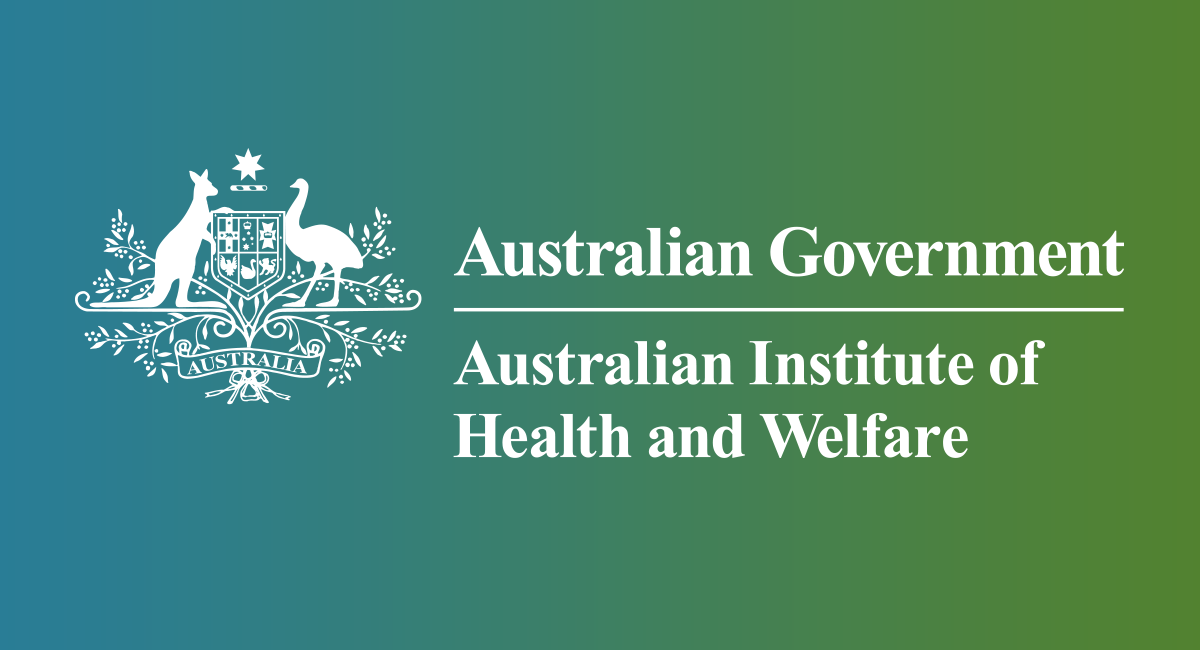It's not like we dont have a ton of data and research on this.
Gambling-related harm is commonly assessed via the Problem Gambling Severity Index (PGSI). The PGSI provides a measure of at-risk gambling behaviour during the previous 12-month period.
It consists of 9 items (questions), such as ‘have you bet more than you could really afford to lose?’, with response options being never (0), sometimes (1), most of the time (2) and almost always (3).
Scores are summed for a total between 0 and 27.
Respondents are grouped into 4 categories based on their scores:
- non-‘problem’/non-risk gambling (0)
- low-risk gambling (1–2)
- moderate-risk gambling (3–7)
- ‘problem’/high-risk gambling (8–27).
- Respondents scoring 1+ may be classified as being at some risk of, or already experiencing, gambling-related harm (Ferris and Wynne 2001).
Research conducted in 2022 found that almost half (46%) of Australians aged 18 and over who gambled would be classified as being at-risk of, or already experiencing, gambling harm (low, moderate, or high-risk PGSI categories combined).
Differences were observed by gender and age group, with a greater proportion of men who gambled being classified as at-risk of harm (53% for men and 38% for women). At-risk gambling was highest in 18–34-year-olds among both men (71%) and women (56%) (AGRC 2023; Figure 7).
More than 2 in 5 men (44% or an estimated 2.8 million Australian men aged 18 and over) reported having gambled in the past 12 months. Most men who gambled spent money on multiple activities, including:
- horse racing (56%)
- poker machines (54%)
- sports betting (46%) (Tajin et al. 2022).
This topic summary@aims to:improve understanding of gambling participation and expenditure in Australiadescribe gambling-related impacts on health and wellbeinghighlight emerging gambling trends...

www.aihw.gov.au




